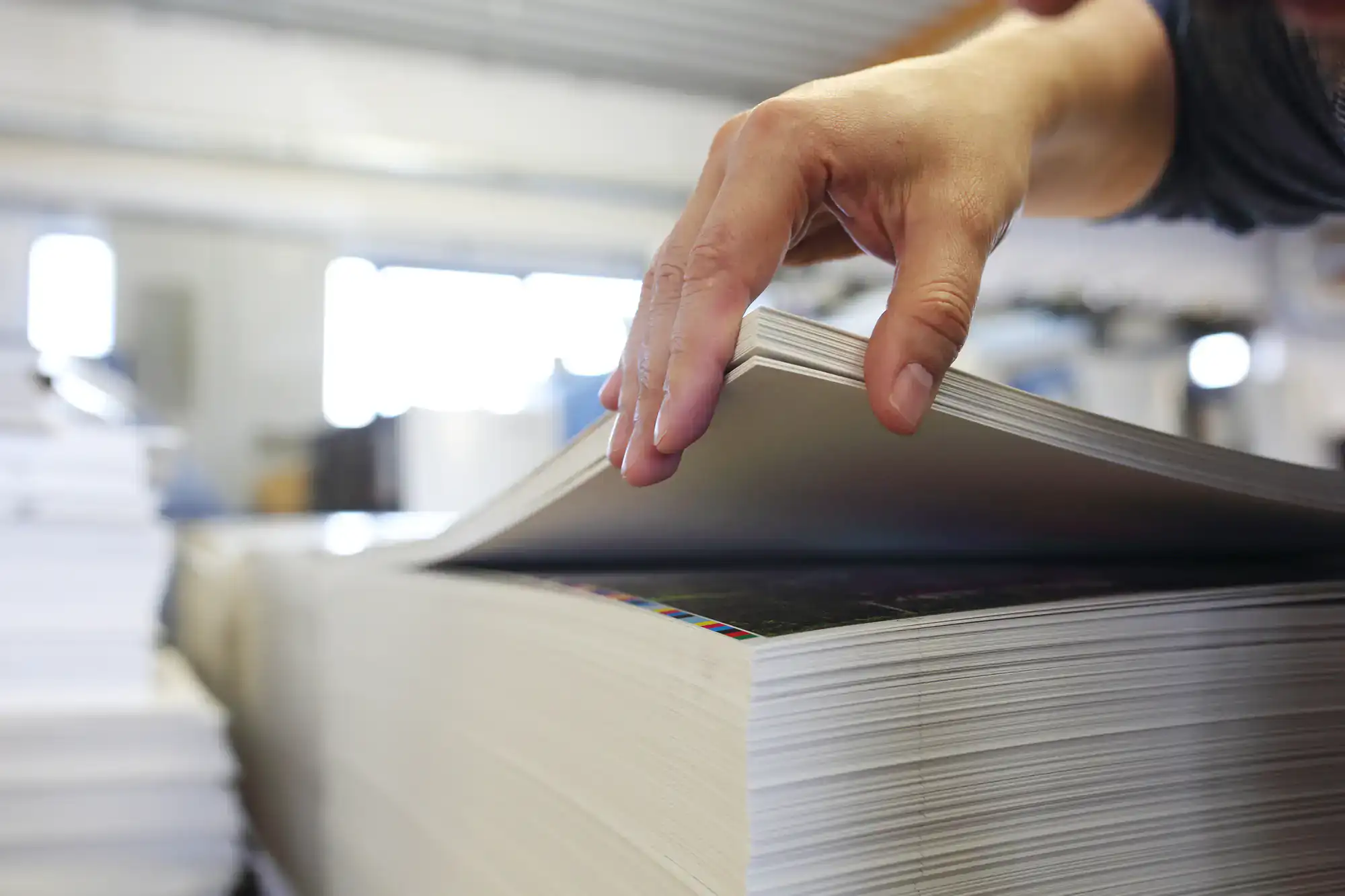Professional print binding that keeps your important materials organized, accessible, and built to last through constant use.
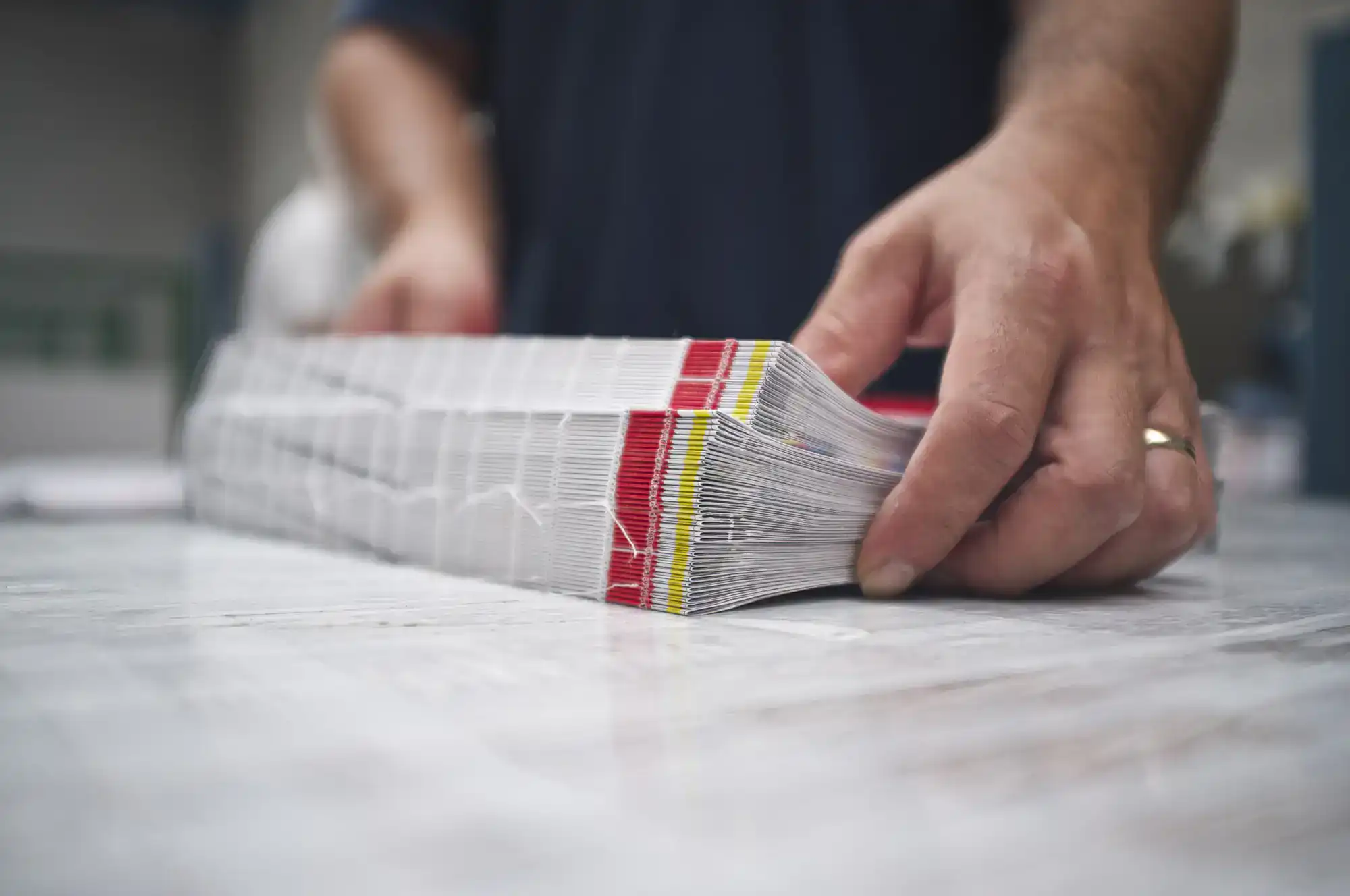
Hear from Our Customers
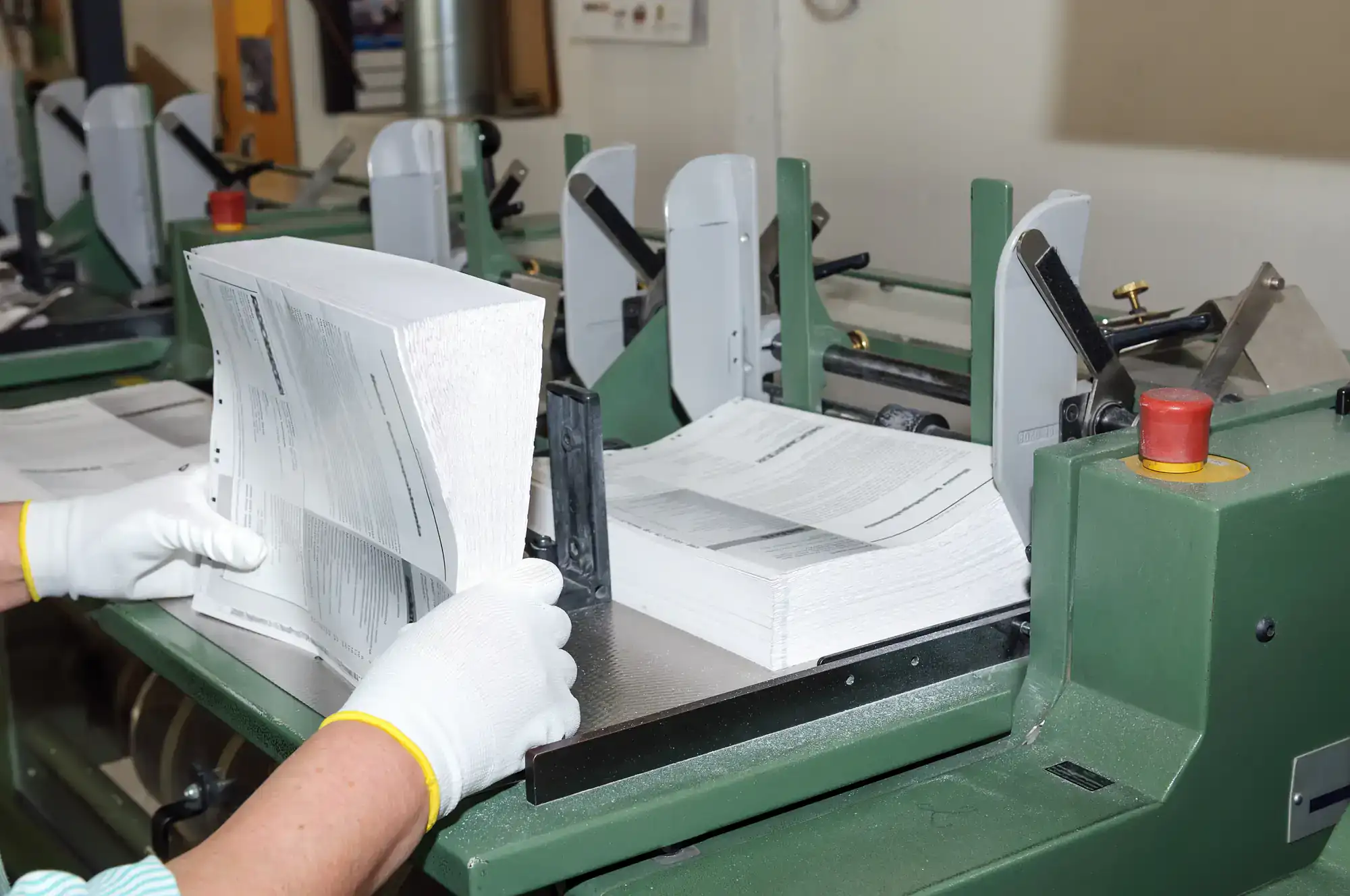
Your reports, presentations, and training materials shouldn’t fall apart when someone actually tries to use them. Professional binding means documents that lay flat for easy reference, pages that turn smoothly without tearing, and materials that maintain their professional appearance through heavy use.
Whether you’re preparing materials for briefings, training sessions, or important presentations, proper binding transforms loose pages into functional, professional documents. No more wrestling with papers that won’t stay open or dealing with the frustration of pages coming loose at critical moments.
The difference between amateur and professional presentation often comes down to the details. Clean binding edges, consistent page alignment, and durable construction signal that you take your work seriously and expect the same from your materials.
School & Office Annex has been the go-to resource for educational and office supplies in the Quantico Base area for over three decades. We understand the unique demands of military documentation, educational materials, and professional presentations that need to perform under pressure.
Located in Lake Ridge, Virginia, we’ve built our reputation on understanding what military families and educational professionals actually need. That means binding services that can handle everything from official documentation to training materials, with the reliability and attention to detail that military standards demand.
Our experience with the local community means we know the difference between binding that looks good and binding that actually works for people who depend on their materials every day.
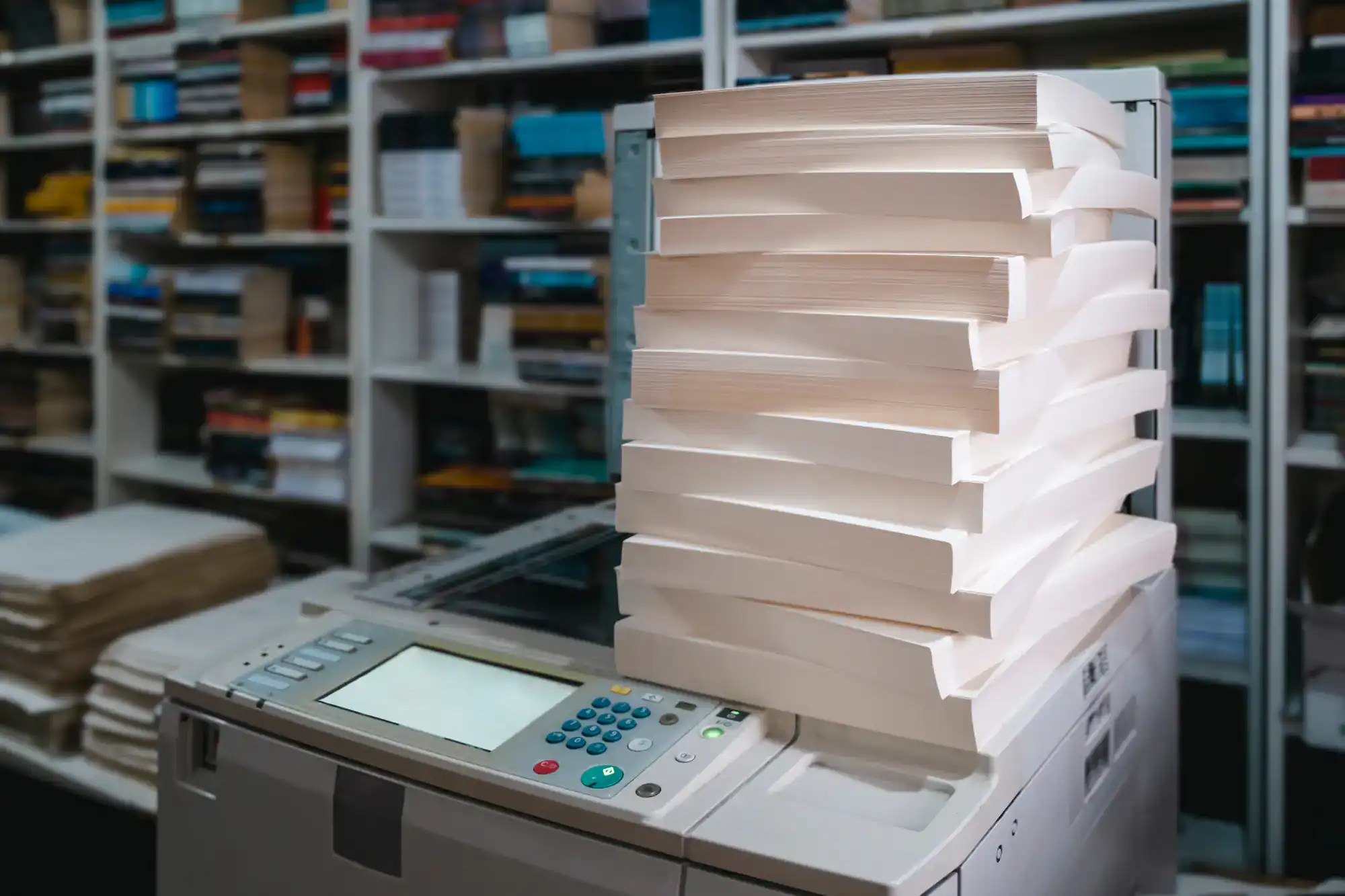
The process starts with understanding what you need your finished materials to do. Will they need to lay flat for reference? Do pages need to be removable? How much handling will they get? These details determine which binding method gives you the best results.
Once we’ve matched your project to the right binding style, we prepare your pages with precise hole punching or edge preparation. For spiral and wire-o binding, this means clean, evenly spaced holes that won’t tear under use. For perfect binding, it means proper edge preparation that ensures strong adhesive bonding.
The final step is assembly and finishing. Whether it’s threading a spiral coil, clamping wire-o binding, or applying adhesive for perfect binding, each method requires specific techniques to ensure your materials will perform as expected. We finish with trimming and quality checks to make sure everything meets professional standards.
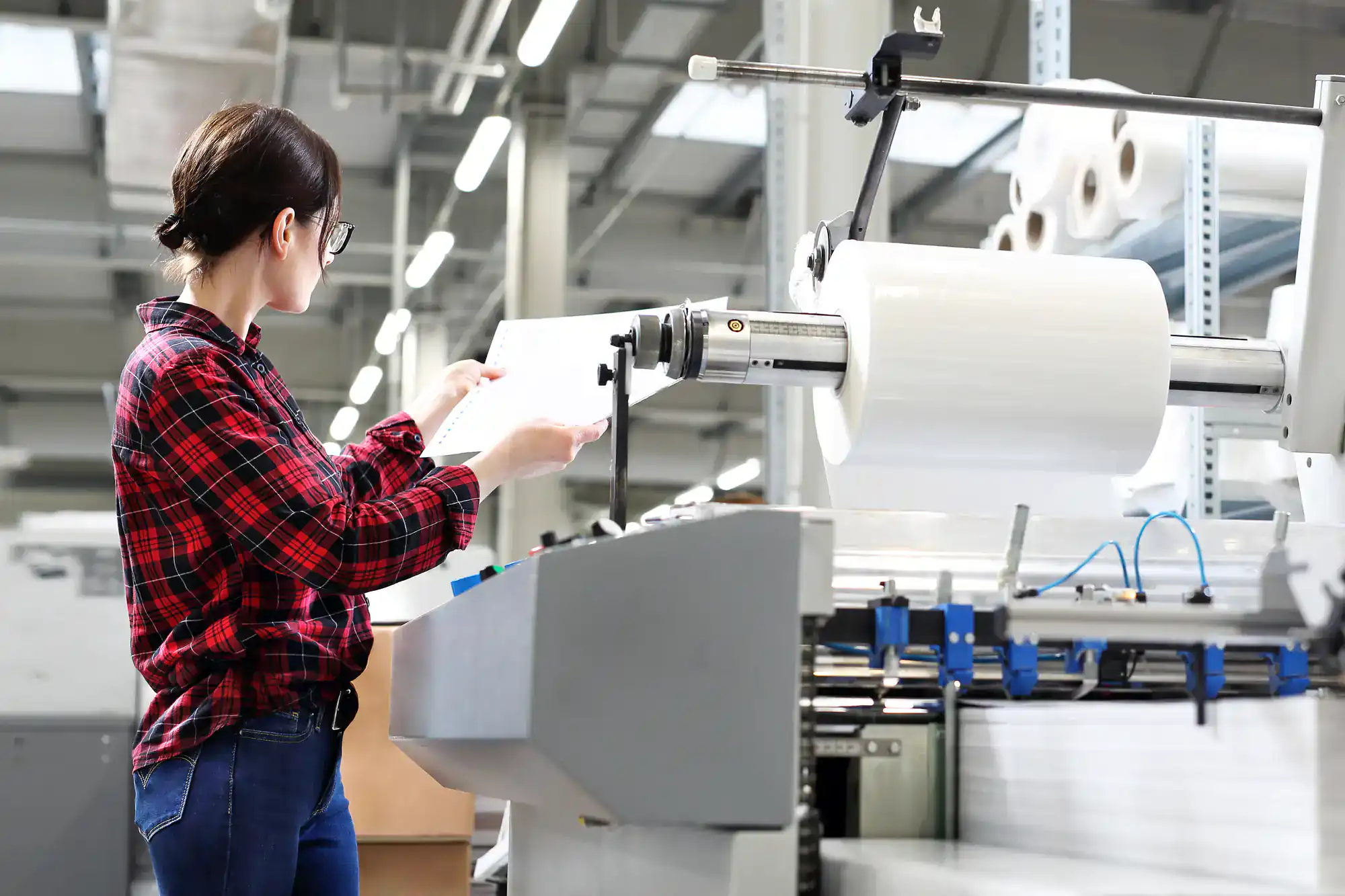
Ready to get started?
Spiral binding works best for materials that need to open completely flat and rotate 360 degrees. Training manuals, reference guides, and presentation materials that people need to use hands-free benefit from this flexibility. The plastic or metal coil is durable enough for frequent page turning while allowing materials to lay flat on any surface.
Wire-o binding offers similar functionality with a more professional appearance. The double-loop wire system provides the same flat-laying capability as spiral binding but with cleaner lines that work better for client-facing materials and formal presentations.
For higher page counts and a traditional book appearance, perfect binding uses flexible adhesive to create clean edges and a professional spine. This method works well for reports, catalogs, and materials that need to sit properly on shelves while maintaining easy readability. Comb binding provides an economical middle ground, offering some of the benefits of spiral binding with the ability to add or remove pages as needed.
